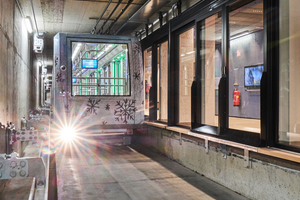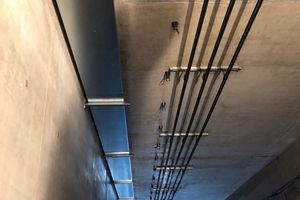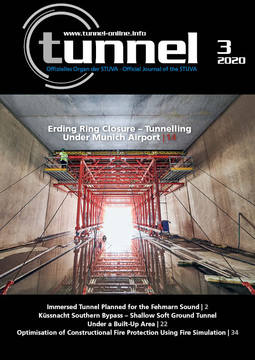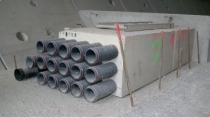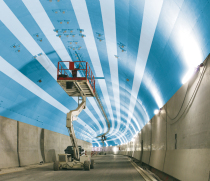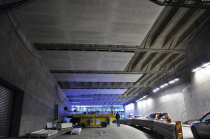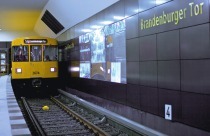Fire Protection for Electrical Cables in Railway Tunnel
The Austrian municipality of Serfaus has only about 1000 inhabitants; however, in winter, with the start of the ski season, the small town turns into a lively tourist destination. A tracked hovercraft subway train serves as a direct connection to the nearby cable cars and ski lifts. It was reopened in July 2019 after a lengthy modernisation phase. G+H Isolierung was responsible for the fire protection encapsulation of the electrical cables.
With a train length of just 45 m, the underground in the Serfaus-Fiss-Ladis ski area in Tyrol is one of the smallest in the world. At peak times, however, several thousand people use the train every day, and the safety of travel through the 1.4 km long tunnel must be guaranteed by the right technology. During the two-year renovation work from 2017 to 2019, fire protection technology upgrades were also tackled. The tunnel of the subway offered the installation team very little space, and work was only allowed in the evenings and at night during the shutdown.
Active Containment of Cable Fires
The experts from G+H Isolierung worked out a project-specific special solution together with the clients – the Würth Handelsgesellschaft and the Komperdell Serfaus cable car company.The basic product used was the special Pyroment-IK 90 electrical installation duct (I duct), which is approved for fire resistance classes I30-I120 in accordance with the German standard DIN 4102 Part 11.The installation duct consists of a galvanised sheet metal and is coated on the inside with the insulation layer former Pyroplast-ST 100 and a top coat. In case of fire, the 1.0–2.0 mm thin coating foams up, suffocates the flames and thus prevents fire from spreading within the ducts. Other electrical installation ducts also provide protection against the fire spreading to surrounding areas in the event of a fire, but are usually lined with rock wool, silicate or gypsum boards – materials that do not prevent the cables from burning out inside the duct.
Lightweight Installation Channel
Reduces Assembly Work
As the Pyroment-IK90 with a wall thickness of 1.6–3.0 mm is considerably thinner than conventional systems and with 6.5–10.5 kg/m2 a lightweight among the I-ducts, it could be installed easily in the narrow area. Depending on the upcoming assembly sequence, there were partial deliveries which were installed one after the other. Normally, six to eight cut-to-size panels and angles have to be produced for the installation of other installation ducts with a three-sided cladding; cutting and joining has therefore always been very time-consuming and costly in the past. G+H‘s solution made it possible to produce the partial deliveries for the railway tunnel in one piece; any necessary modifications could be made on site using standard sheet metal processing tools.
While a conventional installation duct can usually be filled up to 40% (or up to 6 kg/m), the Pyroment-IK90 allows 100% (or up to 34 kg/m). In addition, it can be opened and closed for subsequent installations.

